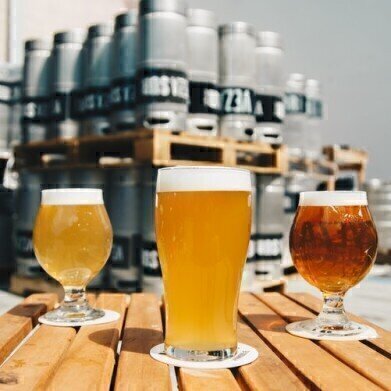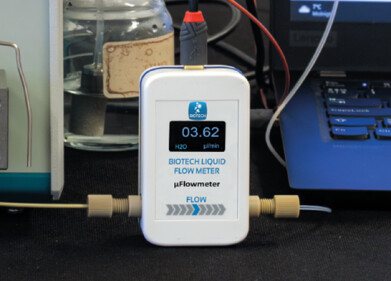HPLC, UHPLC
Is Your Craft Beer Really Crafted? - Chromatography Investigates
Dec 28 2020
Beer is one of the most consumed drinks in many parts of the world. After work or play, for a celebration or a commiseration – a glass of beer can be the perfect drink to share with a friend. And although most beers are made by the action of yeast on barley with the addition of some hops – good brewers can weave their spell and make beers that are light or dark, heavy, or light, or just perfect for a sunny evening in the garden.
But each brewer imparts his personal signature on the brew, and consumers develop a palette that can pick up differences in brewing processes and ingredients. Therefore, traceability and authenticity are an important consideration – for both brewers and consumers. There are several methods that analytical chemists can help. Let’s take a brief look at howe chromatography can make sure that your Pilsner is genuine, and your ale really does come from Belgium.
Hops, grain, and yeast
Beer is an incredibly simple product that contains three main ingredients besides water. Hops add bitterness and aroma and originally helped to preserve beer in ancient times. Malted grains like barley that have germinated allowing their starch to turn into sugar which is fermented with the aid of yeast. Of course, each brewer has their own method and source of ingredients. It is these little differences that give us the wide range of beers and ales on the shelf at the supermarket or off-licence.
So called craft brewing accounts for a significant portion of the beer and ale market – an estimated 24% of the worldwide beer market. And most of these beers and ales are produced in small volumes in small breweries. Each beer has its own signature which for beer drinkers is fantastic. There is a fantastic range of tastes with hundreds of craft breweries providing different origins, combination of ingredients and brewer’s art. So how can chromatography help to protect brewers and consumers from fraud?
Chromatography spots the lager from the lout
Like many products, where there is a premium to be paid, someone will be looking to sell a fake one. And craft beer is usually sold for a premium. Its costs more to make small batches using premium ingredients than it does to produce beer on an industrial scale. Luckily, chemistry provides a way to spot the premium product from the fake. Metabolomics analyses all the small molecules present in each biological system – and metabolomics can spot a fake beer from a premium one.
Using techniques like ultraâ€highâ€performance liquid chromatography–highâ€resolution mass spectrometry (UHPLCâ€HRMS), analysts can identify which ingredients are in beer and where the ingredients come from. Using chromatography to tackle complex samples is discussed in the article, µ-Pillar Array Column – an Innovative Approach for the Separation and Characterisation of Complex Biological Samples.
So next time you’re looking for a craft beer, keep in mind that analytical chemists and chromatography are keeping it genuine.
Digital Edition
Chromatography Today - Buyers' Guide 2022
October 2023
In This Edition Modern & Practical Applications - Accelerating ADC Development with Mass Spectrometry - Implementing High-Resolution Ion Mobility into Peptide Mapping Workflows Chromatogr...
View all digital editions
Events
ACS National Meeting - Fall 2024
Aug 18 2024 Denver, CO, USA
Sep 04 2024 Chiba, Tokyo, Japan
Sep 04 2024 University of Warwick, Coventry, UK
Sep 10 2024 Rockville, MD, USA
Plastics Recycling World Expo Europe
Sep 11 2024 Brussels, Belgium














